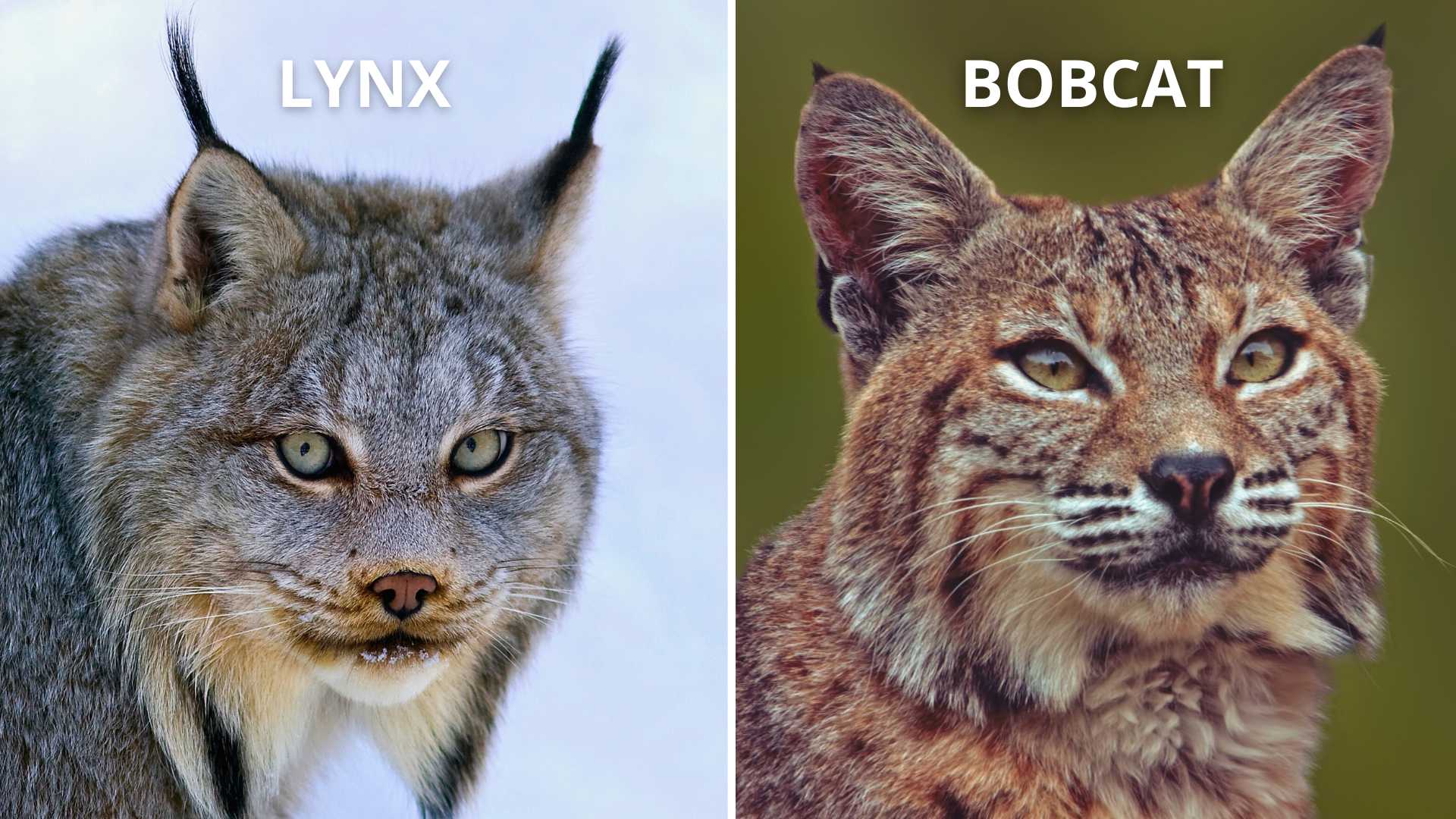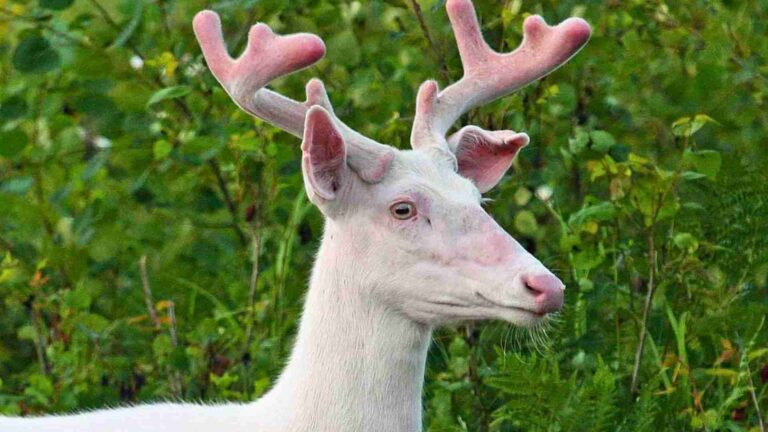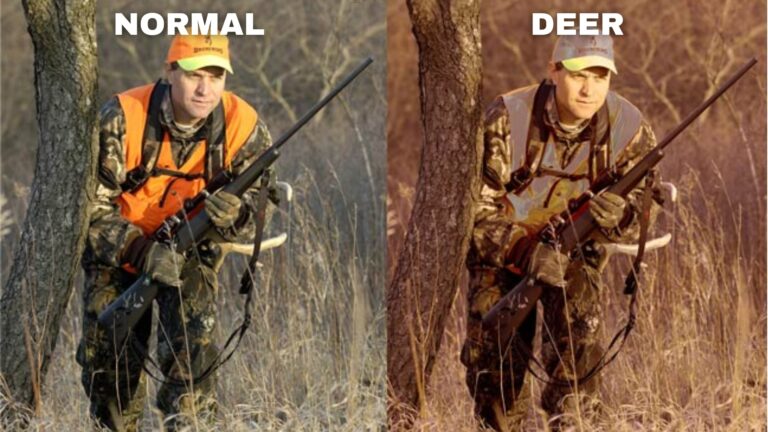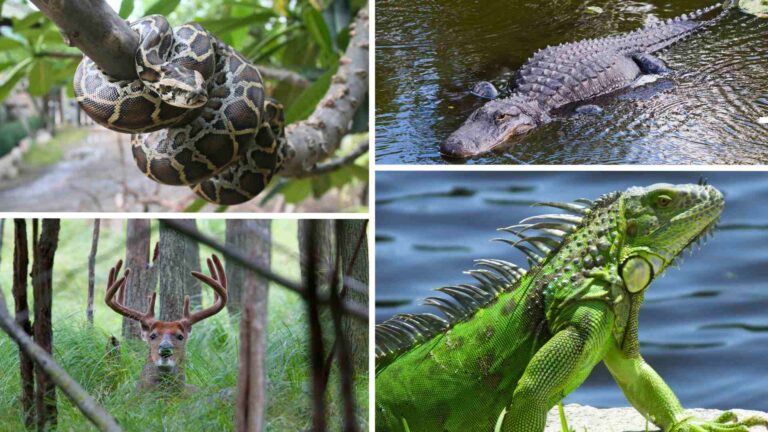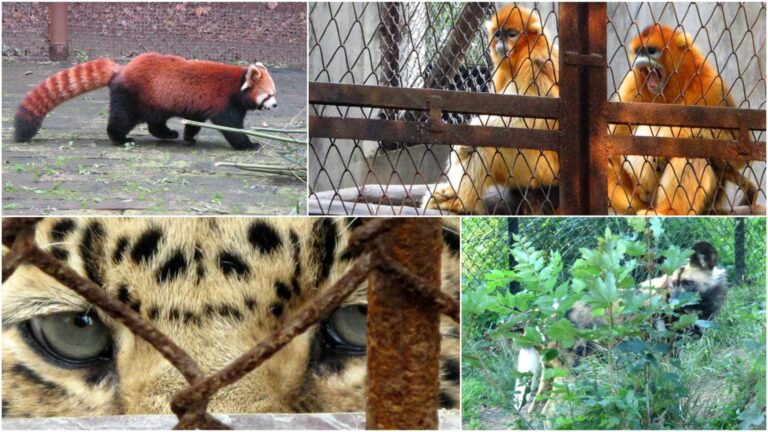Lynx vs Bobcat: 6 Key Differences
Ah, the wild and wonderful world of felines!
A realm of agility, stealth, and untamed beauty that has captivated humans for centuries. In the heart of this feline fascination lie two elusive and majestic creatures – the lynx and the bobcat.
But, what’s the difference between the two?
Let’s settle the ‘lynx vs bobcat’ debate once and for all!
A Closer Look at the Lynx and Bobcat
Before we dive into the comparisons, let’s get to know our contenders a little better. The lynx and bobcat, while sharing similarities, have unique characteristics that set them apart. Also, the species we will be talking about are the Canadian Lynx (Lynx canadensis), and the bobcat, also known as the red lynx (Lynx rufus).
The Lynx: A Ghost of the Northern Wilderness
Picture yourself in a snow-covered landscape, where the silence is broken only by the soft pad of paws against the frozen ground. Suddenly, a majestic creature emerges from the shadows – the lynx.
With its distinctive tufted ears, luxurious fur, and impressive size, the lynx commands attention wherever it roams.
Did you know that the lynx’s tufted ears aren’t just for show? These tufts of hair serve a purpose – they help enhance the lynx’s hearing, allowing it to detect even the faintest rustle of a potential meal.
Lynxes are known for their specialized hunting skills. Their large, padded paws allow them to navigate the deep snow effortlessly, giving them a distinct advantage when chasing down elusive prey.
The lynx’s primary diet consists of snowshoe hares, which they pursue with stealth and precision.
The Bobcat: America’s Stealthy Wildcat
Now, shift your focus to a different corner of the wild – North America’s diverse landscapes. Here, another feline lurks – the bobcat.
Smaller than its lynx counterpart, the bobcat possesses a unique blend of stealth and adaptability that has earned it a rightful place in the heart of American wilderness.
With its short, stubby tail and distinctive coat pattern featuring spots and stripes, the bobcat is a master of camouflage.
Bobcats are skilled climbers and swimmers, showcasing their adaptability to a variety of environments. From rugged mountains to dense forests, these agile felines have managed to conquer diverse terrains.
Its solitary nature and preference for twilight hours make spotting a bobcat in the wild a rare and thrilling experience.
Lynx vs Bobcat: Comparing the Two
Now that we’ve met our contenders, let’s dig deeper into the details that differentiate the lynx from the bobcat.
#1 Size Matters
One of the most noticeable differences between the lynx and the bobcat lies in their size.
While both belong to the same Lynx genus, the lynx is generally larger. A full-grown lynx can stand about 20 to 30 inches tall at the shoulder and weigh anywhere from 18 to 64 pounds.
On the other hand, a bobcat usually measures around 18 to 24 inches in height and weighs between 13 to 30 pounds, making it a more compact wildcat.
#2 Habitat and Range
Geography plays a significant role in the lives of both animals. Lynxes are often associated with cold, northern regions, such as the boreal forests of Canada, Alaska, and parts of Europe and Asia. Their thick fur and large paws make them well-equipped to thrive in snowy landscapes.
Bobcats, however, are highly adaptable and can be found in a wide range of habitats throughout North America, including forests, deserts, swamps, and even urban areas. This feature has earned them the title of the most widespread native cat species in North America.
#3 Distinctive Ear Tufts
Remember those charming tufted ears of the lynx? That’s a feature that sets them apart from their bobcat counterparts.
While bobcats also have tufted ears, the lynx’s ear tufts are notably larger and more prominent. These tufts, as we mentioned earlier, serve a functional purpose in enhancing their already acute sense of hearing.
#4 Coat Patterns and Coloration
While both the lynx and the bobcat exhibit distinctive coat patterns, they differ in appearance. Lynxes tend to have a grayer and lighter coat, adorned with dark spots and a white chest.
In contrast, bobcats often showcase a reddish-brown or yellowish-brown coat, featuring distinct dark stripes and spots. Sometimes, however, bobcats have no spots or stripes visible, especially the farther south they go. This is one of the reasons why people claim to have seen a mountain lion when, in reality, they were just seeing a bobcat with no stripes or spots!
#5 Hunting Techniques
The hunting styles of these felines also vary. Lynxes are known for their specialized hunting techniques, often relying on stealth and patience to stalk their prey. Their primary diet of snowshoe hares demands such skill, as these small mammals are notorious for their agility.
Bobcats, while equally skilled hunters, tend to rely on a more opportunistic approach. They have a rich diet that includes rabbits, rodents, birds, and even deer in some cases. Their adaptability extends to their hunting strategies, as they adjust their techniques based on the available prey in their surroundings.
#6 Conservation Status
As far as conservation goes, both the lynx and the bobcat have faced challenges. The Canada lynx, a subspecies of the lynx, is listed as a threatened species in the US under the Endangered Species Act. This designation is primarily due to habitat loss and climate change affecting their preferred cold environments.
Bobcats, while not currently listed as endangered, face threats such as habitat fragmentation, hunting, and vehicle collisions. Conservation efforts are essential to ensure the continued survival of these captivating creatures.
Conclusion
While each species has its own unique characteristics, they share a common feature – the resilience and adaptability that define the survival of the fittest. It is our responsibility to protect these remarkable creatures and the ecosystems they call home.
So, dear reader, the next time you find yourself gazing into the depths of a forest or the expanse of a snowy landscape, remember the lynx and bobcat. Their stories are a testament to the wild wonders that enrich our world and ignite our sense of wonder.
Let us ensure that their stories continue to unfold for generations to come!
Image source: Wild Cat Family

